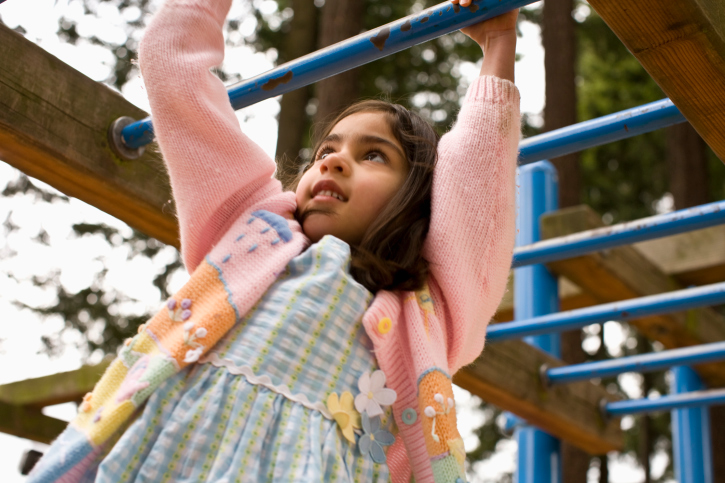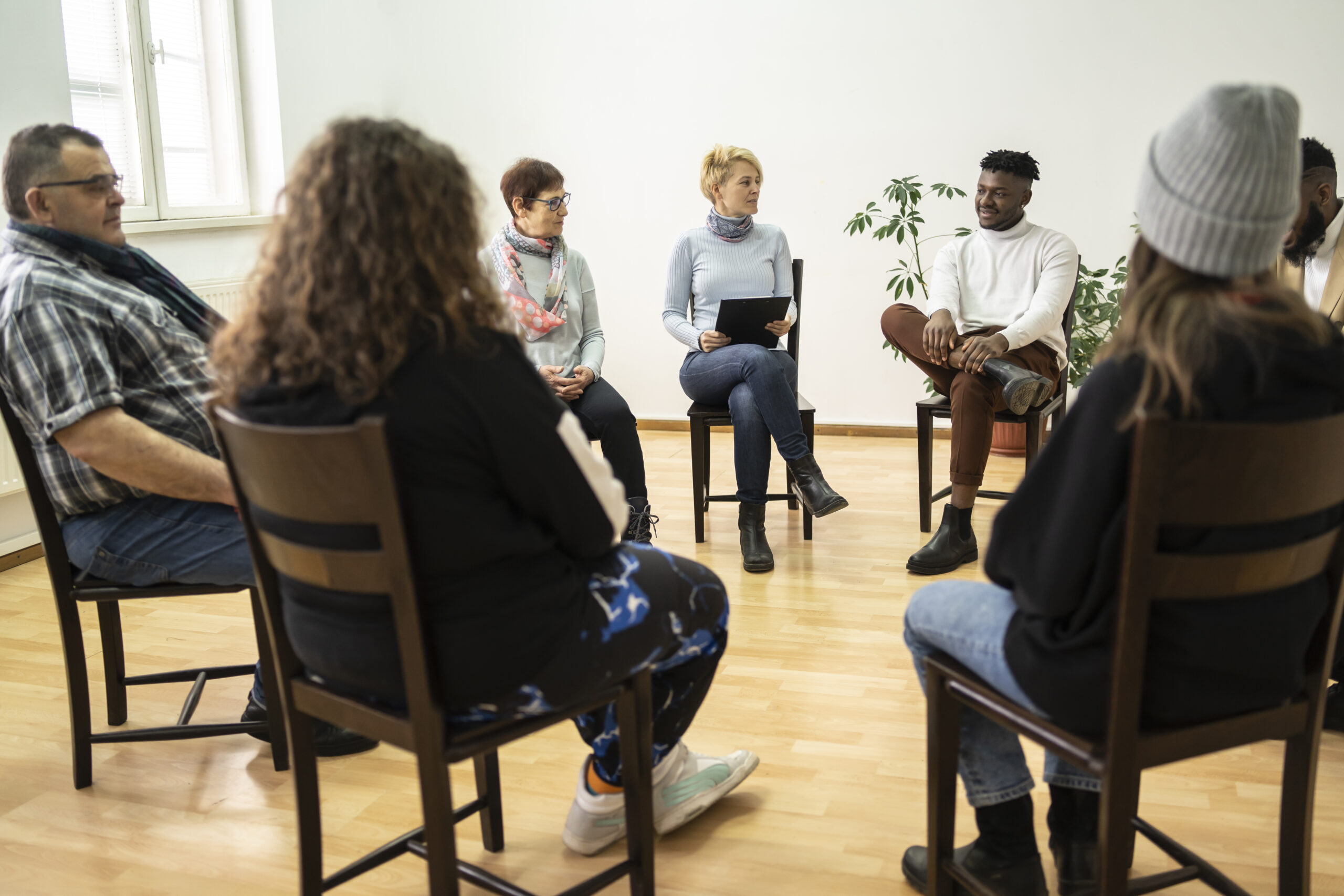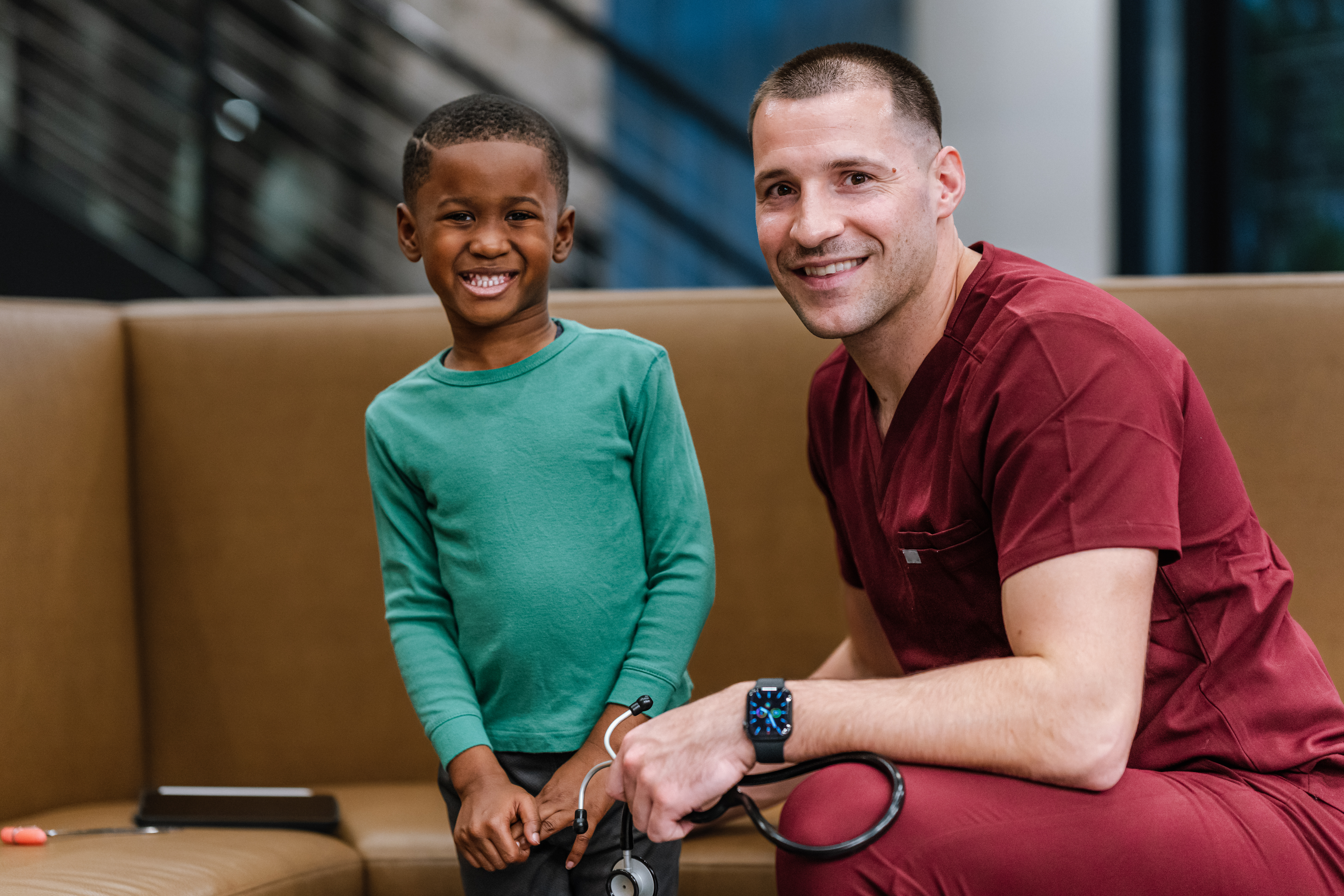Keeping kids moving throughout the day
“We now have a critical mass of significant studies to suggest there is a positive association between physical activity and the success of our children academically,” explains Darla M. Castelli, Ph.D. of the University of Texas, Austin.
Castelli, an associate professor of physical education pedagogy, is engaged in research on the connections between physical health and brain health.
It turns out that attaching electrodes to children’s heads is not just fun for the kids, it enables researchers like Castelli to understand how exercise enhances neural activation in the brain. Following 20 minutes of acute physical activity, the preadolescent children Castelli has studied experience improved memory toward a given task and become “faster and more accurate responders” in simple tests of cognition. The benefits to the brain appear to increase as the level and duration of physical activity and fitness increase.
Staying active in class
 The question is, how to make use of what’s learned in the lab in the classroom? The Center for Disease Control’s Comprehensive School Physical Activity Program (CSPAP), based in part on Castelli’s research, offers many practical answers. The program identifies points of intervention during the school day and beyond where schools can increase the opportunities for children to be physically active.
The question is, how to make use of what’s learned in the lab in the classroom? The Center for Disease Control’s Comprehensive School Physical Activity Program (CSPAP), based in part on Castelli’s research, offers many practical answers. The program identifies points of intervention during the school day and beyond where schools can increase the opportunities for children to be physically active.
For example, in addition to enhancing the quality of physical activity during recess, a physical education (PE) teacher may take the lead in working with a school nurse or a teacher to provide a physical activity break during classroom time.
“Often a PE teacher is willing to film other students doing the activity, and teachers can show the video,” relays Castelli.
When getting started, she suggests that teachers try out a new physical activity with a colleague by bringing two classes together to increase teacher comfort in releasing classroom management in the moment.
Rounding out the day with physical activity
PE teachers and other staff who are skilled in leading physical activity can also spearhead activities to boost the wellness of adults within the building and on school grounds.
During out of school time, family and community engagement can be maximized when playgrounds are made available to families. To invite parent involvement and encouragement of physical activity, schools can also sponsor family wellness nights and open gyms to familiarize parents with available resources and structures.
Castelli cautions that not all PE is created equal. Quality physical education, she explains, must provide the opportunity to learn, and be safe and consistent. It must also be meaningful – developmentally appropriate and interesting. It must be taught by qualified teachers. And student progress must be assessed.
Castelli’s insights are available online as part of a webinar hosted by Dialogue4Health, a project of the Public Health Institute and Active Living Research, which uses evidence to prevent childhood obesity.
“Becoming more cognitively healthy is a byproduct of comprehensive physical activity.”
In her presentation, Castelli leaves viewers with a slide that summarizes steps educators, school staff and parents can take to support daily physical activity and in turn improve classroom behavior and academic performance:
- Demand quality PE/PA programs
- Implementation of comprehensive CSPAP in your school
- no more than 60 minutes of sedentary time
- at least 10 minutes of physical activity after sedentary time
- Help others understand why school PE and PA are important
- quality of life, health issues, academic success
- Advocate for policies supporting PE/PA programs and activity breaks
Also presenting as part of the interactive conversation with educators are Abigail Gamble, MS, PhD, of the University of Mississippi Medical Center, and Emma Sanchez-Vaznaugh, ScD, MPH of the Center on Social Disparities and Health and San Francisco State University.



